Home>Gardening & Outdoor>Landscaping Ideas>How To Fix Bare Spots In St.Augustine Grass
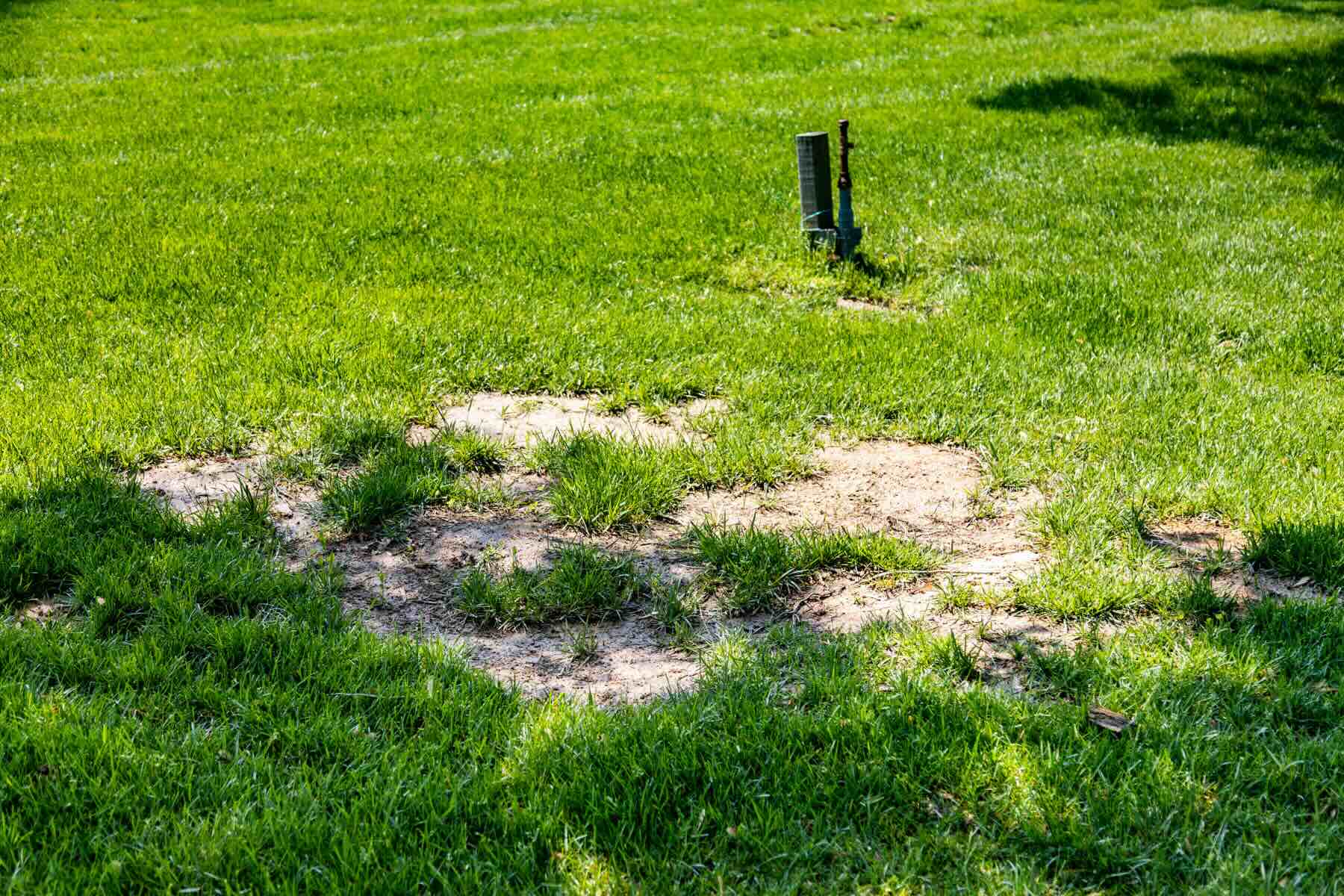

Landscaping Ideas
How To Fix Bare Spots In St.Augustine Grass
Modified: February 18, 2024
Learn effective landscaping ideas to fix bare spots in St. Augustine grass. Discover expert tips for a lush, green lawn.
(Many of the links in this article redirect to a specific reviewed product. Your purchase of these products through affiliate links helps to generate commission for Storables.com, at no extra cost. Learn more)
Introduction
When it comes to cultivating a lush and vibrant lawn, St. Augustine grass stands out as a popular choice due to its lush, dense growth and tolerance for a range of growing conditions. However, even the most meticulously tended lawns can develop bare spots, which can detract from the overall beauty of the landscape. Understanding the causes of these bare spots and learning how to effectively address them is crucial for maintaining a healthy and visually appealing lawn.
In this comprehensive guide, we will delve into the common causes of bare spots in St. Augustine grass and provide actionable steps to rectify this issue. Whether you are a seasoned lawn care enthusiast or a novice gardener, this article will equip you with the knowledge and techniques needed to restore the vitality of your St. Augustine grass. By implementing the strategies outlined here, you can transform those unsightly bare patches into a flourishing carpet of green, enhancing the aesthetic appeal of your outdoor space.
Let's embark on this journey to rejuvenate your St. Augustine grass and reclaim the beauty of your lawn. Understanding the underlying factors contributing to bare spots is the first step toward implementing effective solutions, and we are here to guide you through this process. So, roll up your sleeves and get ready to revive your lawn with our expert tips and insights.
Key Takeaways:
- Bare spots in St. Augustine grass can be caused by lack of sunlight, soil nutrient deficiencies, pests, and heavy foot traffic. Identifying and addressing these factors is crucial for restoring a healthy, vibrant lawn.
- To fix bare spots, assess sunlight exposure, conduct soil tests, manage pests, and consider overseeding or sodding. Prevent future bare spots by maintaining proper lawn care, irrigation, soil quality, and vigilant observation.
Read more: How To Fertilize St. Augustine Grass
Understanding Bare Spots in St. Augustine Grass
Before delving into the solutions for bare spots in St. Augustine grass, it’s essential to understand the underlying factors that contribute to this issue. Bare spots can manifest as patches of thin or completely absent grass, disrupting the uniformity and beauty of your lawn. These areas are not only aesthetically unpleasing but also leave the soil vulnerable to erosion and weed infestation. Therefore, gaining insight into the causes of bare spots is crucial for implementing targeted remedies.
One common cause of bare spots in St. Augustine grass is inadequate sunlight. This grass variety thrives in warm, sunny conditions and may struggle to flourish in shaded areas. Consequently, sections of the lawn that are overshadowed by trees, structures, or other obstructions can experience diminished grass growth, leading to bare patches. Additionally, heavy foot traffic, such as constant trampling in specific areas, can compact the soil and impede the healthy growth of St. Augustine grass, resulting in bare spots.
Furthermore, nutrient deficiencies can contribute to the development of bare spots. St. Augustine grass requires essential nutrients, including nitrogen, phosphorus, and potassium, to maintain its vigor and resilience. Inadequate soil fertility or imbalanced nutrient levels can hinder the grass’s ability to spread and regenerate, leading to sparse or bare areas in the lawn.
In some cases, pests and diseases can also play a role in the formation of bare spots. Insect infestations, such as chinch bugs or grubs, can devastate St. Augustine grass, causing widespread damage and creating visible patches of thin or missing turf. Similarly, fungal infections or other diseases can weaken the grass, resulting in areas of decline and bareness.
By understanding these underlying factors, you can begin to assess your lawn and identify the specific causes of bare spots in your St. Augustine grass. Armed with this knowledge, you will be better equipped to address the root issues and implement targeted solutions to restore the health and vitality of your lawn.
Identifying the Causes of Bare Spots
Uncovering the precise reasons behind bare spots in your St. Augustine grass is a crucial step in devising an effective remedial strategy. By closely examining the affected areas and considering various contributing factors, you can pinpoint the specific causes of the bare spots and tailor your approach to address them comprehensively.
One key factor to consider is the impact of environmental conditions on your lawn. Evaluate the sunlight exposure across different areas of your yard, paying attention to any sections that receive limited sunlight due to obstructions or shading from structures or foliage. Inadequate sunlight can impede the healthy growth of St. Augustine grass, leading to sparse or bare patches. Similarly, assess the level of foot traffic in different areas, as constant trampling can compact the soil and hinder grass growth, resulting in visible bare spots.
Soil quality and nutrient levels also play a significant role in the development of bare spots. Conduct a soil test to assess the fertility and pH levels, as imbalances or deficiencies in essential nutrients can impede the grass’s ability to thrive. Furthermore, consider the presence of pests and diseases in your lawn. Look for signs of insect activity or disease symptoms, such as discolored or damaged grass, to identify potential culprits contributing to the bare spots.
Another crucial aspect to consider is the irrigation and drainage patterns in your lawn. Inadequate or uneven watering can create localized dry or waterlogged areas, impacting the health and density of the grass. Assess the effectiveness of your irrigation system and ensure that water is distributed evenly across the lawn to promote uniform growth and minimize the risk of bare spots.
By meticulously evaluating these factors and conducting a thorough assessment of your lawn, you can gain valuable insights into the specific causes of bare spots in your St. Augustine grass. This diagnostic approach will enable you to tailor your remedial efforts, addressing the underlying issues and implementing targeted solutions to rejuvenate your lawn and restore its lush, verdant appearance.
To fix bare spots in St. Augustine grass, loosen the soil, add a thin layer of compost, and then sprinkle grass seeds over the area. Keep the soil moist until the new grass grows in.
Steps to Fix Bare Spots in St. Augustine Grass
Reviving bare spots in St. Augustine grass requires a systematic approach that addresses the underlying causes while promoting healthy regrowth. By following a series of targeted steps, you can effectively restore the lushness and vibrancy of your lawn, transforming unsightly patches into a verdant carpet of grass.
1. Sunlight Assessment: Begin by assessing the sunlight exposure in the affected areas. Trim back overhanging branches or foliage to allow more sunlight to reach the grass. If possible, consider pruning or removing obstructions that excessively shade the lawn, promoting improved growth in previously shaded spots.
2. Soil Testing and Amendment: Conduct a comprehensive soil test to evaluate nutrient levels and pH. Based on the test results, amend the soil with appropriate fertilizers to correct any deficiencies and promote optimal conditions for grass growth. Incorporating organic matter, such as compost, can also enhance soil fertility and structure.
3. Pest and Disease Management: Address any pest infestations or disease issues that may be contributing to the bare spots. Utilize targeted insecticides or fungicides as recommended for controlling pests and diseases specific to St. Augustine grass. Implement cultural practices, such as proper mowing and watering, to minimize the risk of pest and disease outbreaks.
4. Aeration and Dethatching: If compaction or thatch accumulation is identified as contributing factors, perform core aeration to alleviate soil compaction and improve air and water penetration. Dethatch the affected areas to promote better nutrient uptake and root development, facilitating the recovery of the grass.
5. Overseeding or Sodding: For more extensive bare spots, consider overseeding with St. Augustine grass seed or installing sod to expedite the establishment of new grass in the affected areas. Ensure proper soil preparation and adequate irrigation to support the establishment of new grass and encourage seamless integration with the existing turf.
6. Irrigation Management: Review your irrigation practices to ensure consistent and adequate watering across the entire lawn. Adjust irrigation schedules and patterns to promote uniform moisture distribution, supporting healthy regrowth in previously bare areas.
7. Routine Maintenance: Implement a regular maintenance regimen, including proper mowing, fertilization, and weed control, to sustain the health and density of the grass. Monitor the restored areas for signs of stress or decline, and adjust maintenance practices as needed to support ongoing recovery.
By systematically addressing these steps, you can effectively remedy bare spots in your St. Augustine grass, fostering robust regrowth and restoring the lush, uniform appearance of your lawn. Each step plays a crucial role in rectifying the underlying issues and promoting the resurgence of healthy, vibrant grass throughout your outdoor space.
Preventing Future Bare Spots
While addressing existing bare spots is essential, implementing proactive measures to prevent their recurrence is equally crucial for maintaining a consistently healthy and robust lawn. By adopting targeted strategies and practices, you can minimize the risk of bare spots and sustain the lushness and uniformity of your St. Augustine grass over the long term.
1. Proper Lawn Care: Implement a comprehensive lawn care regimen that includes regular mowing, appropriate fertilization, and proactive weed control. Maintaining an optimal grass height and providing essential nutrients will fortify the grass, reducing its susceptibility to stress and decline.
2. Adequate Irrigation: Ensure that your lawn receives sufficient and consistent moisture through effective irrigation practices. Monitor weather conditions and adjust watering schedules as needed to prevent drought stress or waterlogging, both of which can contribute to bare spots.
3. Soil Maintenance: Conduct periodic soil tests to assess nutrient levels and pH, amending the soil as necessary to sustain optimal fertility. Aerate the lawn regularly to alleviate compaction and enhance air and water penetration, fostering healthy root development and minimizing the risk of bare spots.
4. Pest and Disease Monitoring: Stay vigilant for signs of pest activity and disease symptoms, promptly addressing any issues to prevent widespread damage. Implement integrated pest management practices and maintain good air circulation to discourage disease development.
5. Traffic Management: Minimize foot traffic on the lawn, especially during periods of stress, to prevent soil compaction and turf damage. Establish designated pathways to divert traffic away from sensitive areas, preserving the integrity of the grass.
6. Shading Mitigation: Prune overhanging branches and foliage to optimize sunlight exposure across the lawn. Consider strategic landscaping adjustments to minimize excessive shading, promoting uniform grass growth and reducing the likelihood of bare spots in shaded areas.
7. Vigilant Observation: Regularly inspect your lawn for early signs of stress, such as thinning or discoloration, and take prompt action to address underlying issues. By proactively identifying and resolving potential stressors, you can prevent the development of bare spots before they become visually apparent.
By integrating these preventive measures into your lawn care routine, you can significantly reduce the likelihood of bare spots in your St. Augustine grass, fostering a consistently lush and resilient lawn. Proactive maintenance and attentive observation will fortify the grass against potential stressors, safeguarding its vitality and beauty for years to come.
Read more: Why Is My St. Augustine Grass Turning Yellow
Conclusion
Transforming bare spots in St. Augustine grass into thriving, verdant expanses involves a multifaceted approach that encompasses both remedial actions and proactive maintenance. By gaining a comprehensive understanding of the factors contributing to bare spots and implementing targeted solutions, you can rejuvenate your lawn and sustain its vibrancy over time.
Recognizing the impact of environmental conditions, soil quality, and pest pressures enables you to address the root causes of bare spots, fostering the healthy regrowth and resilience of your St. Augustine grass. From sunlight optimization and soil enrichment to pest management and irrigation refinement, each step plays a vital role in restoring and maintaining the beauty of your lawn.
Furthermore, by adopting preventive measures and integrating them into your ongoing lawn care practices, you can fortify your St. Augustine grass against future stressors, minimizing the risk of bare spots and preserving its lush, uniform appearance. Proactive soil maintenance, vigilant pest monitoring, and strategic traffic management are integral components of a comprehensive approach to preventing bare spots and sustaining a resilient, thriving lawn.
As you embark on this journey to revive and safeguard your St. Augustine grass, remember that attentive observation and timely intervention are key to maintaining the health and beauty of your lawn. By nurturing your grass with care and consideration, you can create an inviting outdoor space that showcases the natural splendor of a lush, vibrant lawn.
With the insights and strategies outlined in this guide, you are empowered to embark on a transformative journey, revitalizing your lawn and cultivating a landscape that exudes vitality and charm. Embrace the opportunity to restore the lushness of your St. Augustine grass, and revel in the enduring beauty of a meticulously tended, flourishing lawn.
Frequently Asked Questions about How To Fix Bare Spots In St.Augustine Grass
Was this page helpful?
At Storables.com, we guarantee accurate and reliable information. Our content, validated by Expert Board Contributors, is crafted following stringent Editorial Policies. We're committed to providing you with well-researched, expert-backed insights for all your informational needs.
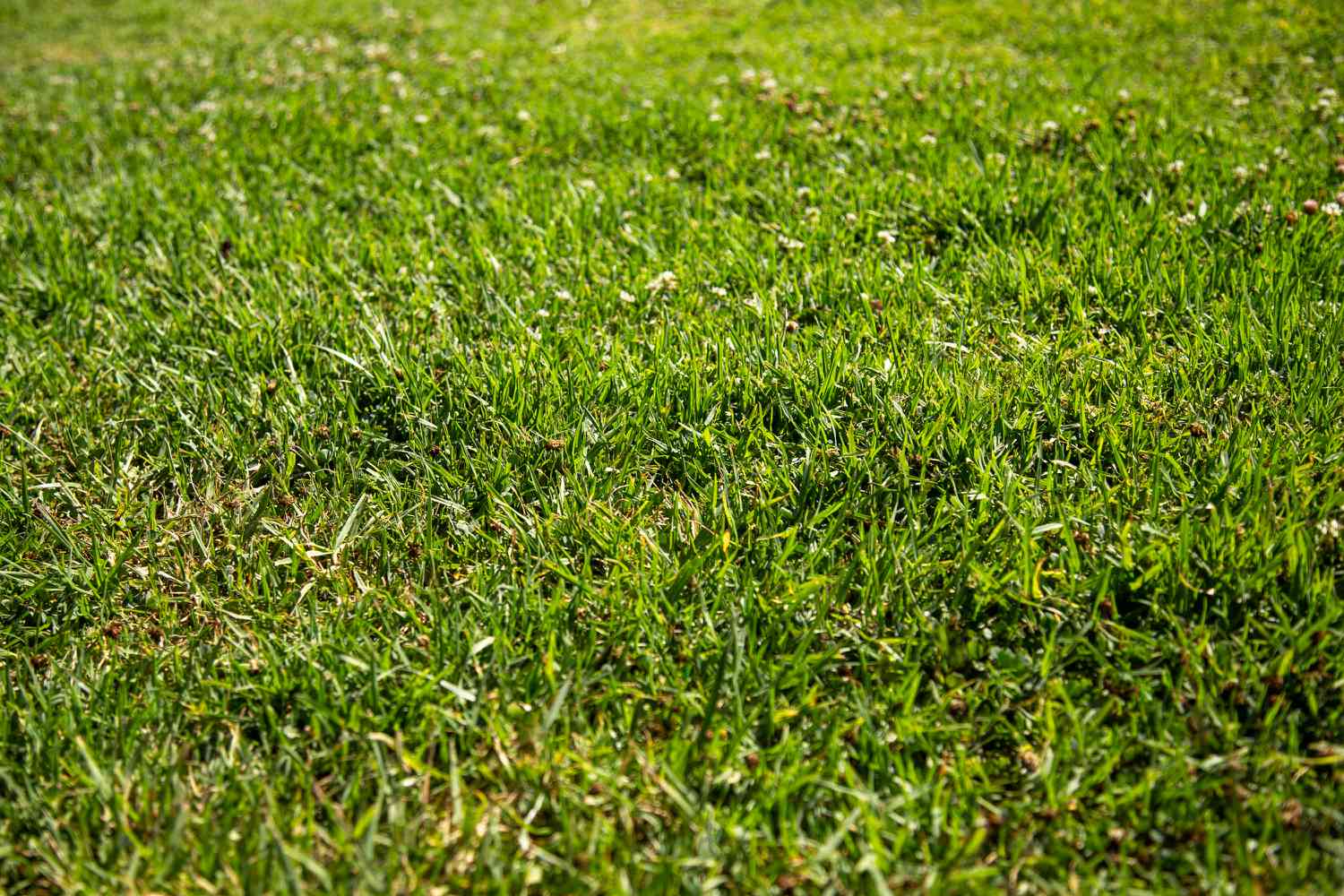
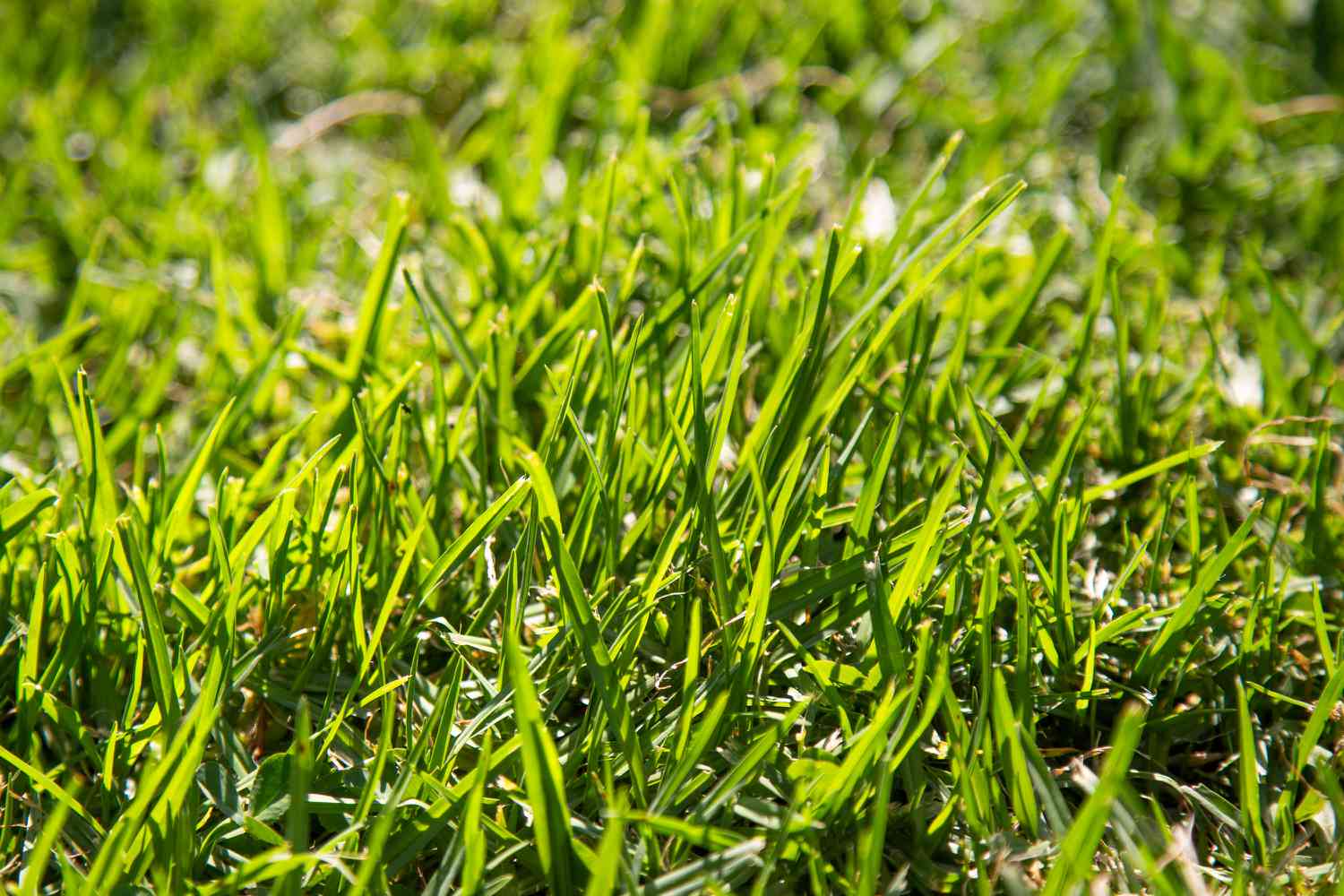
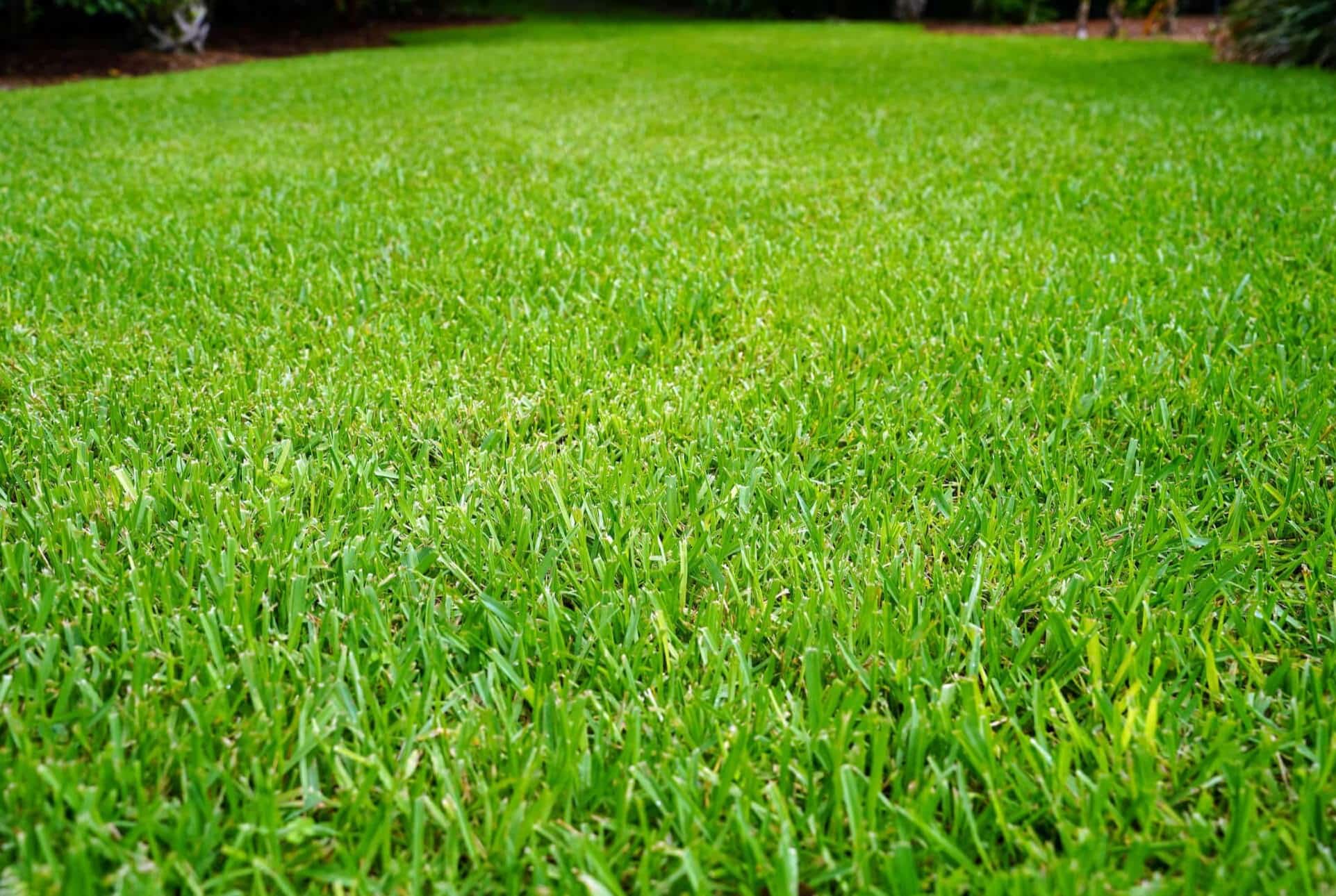
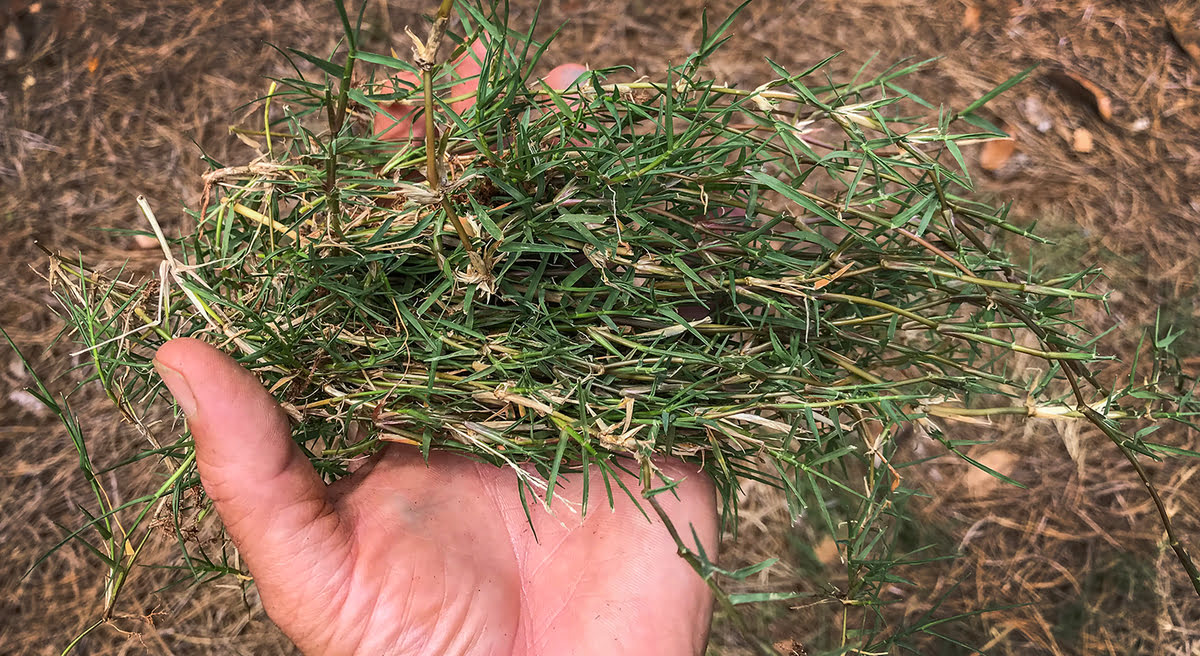
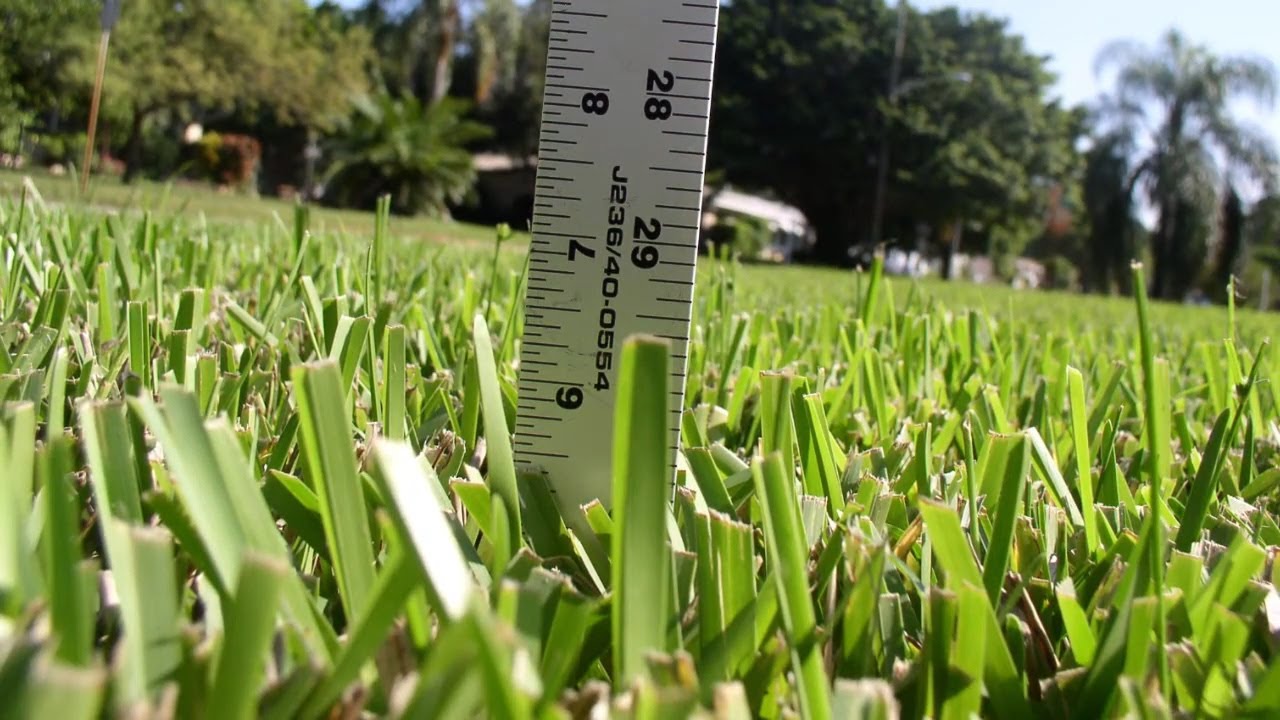
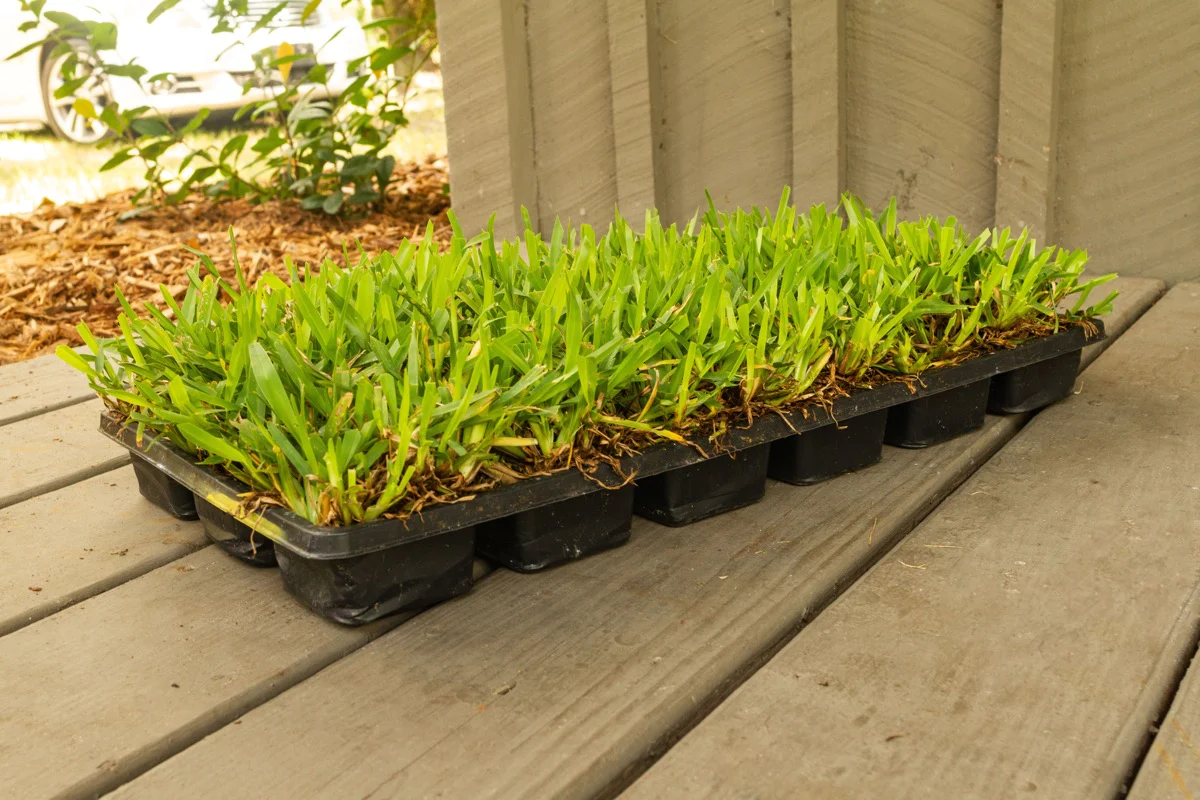
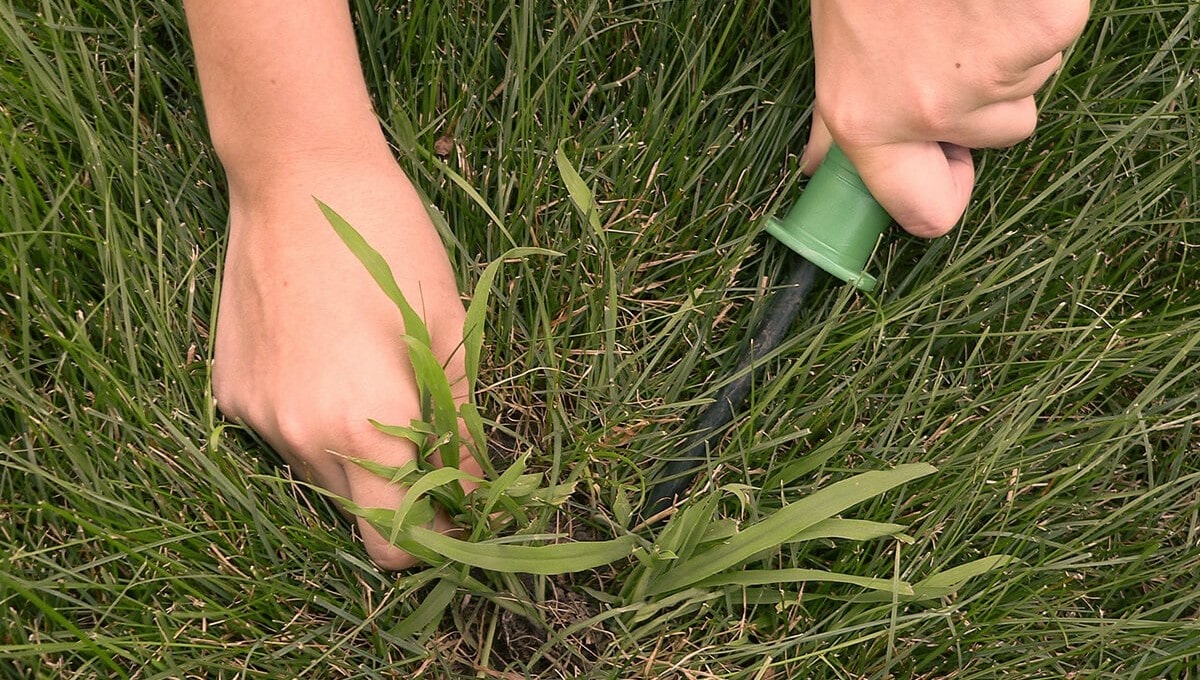
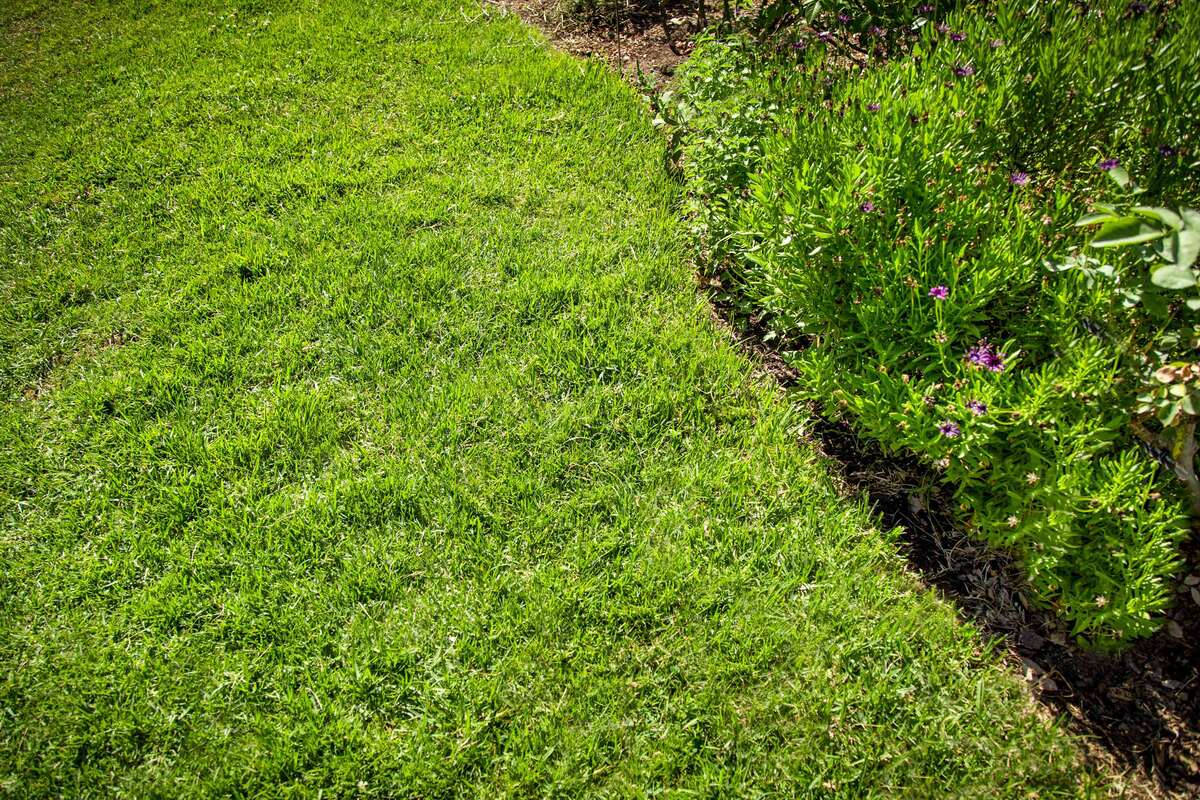
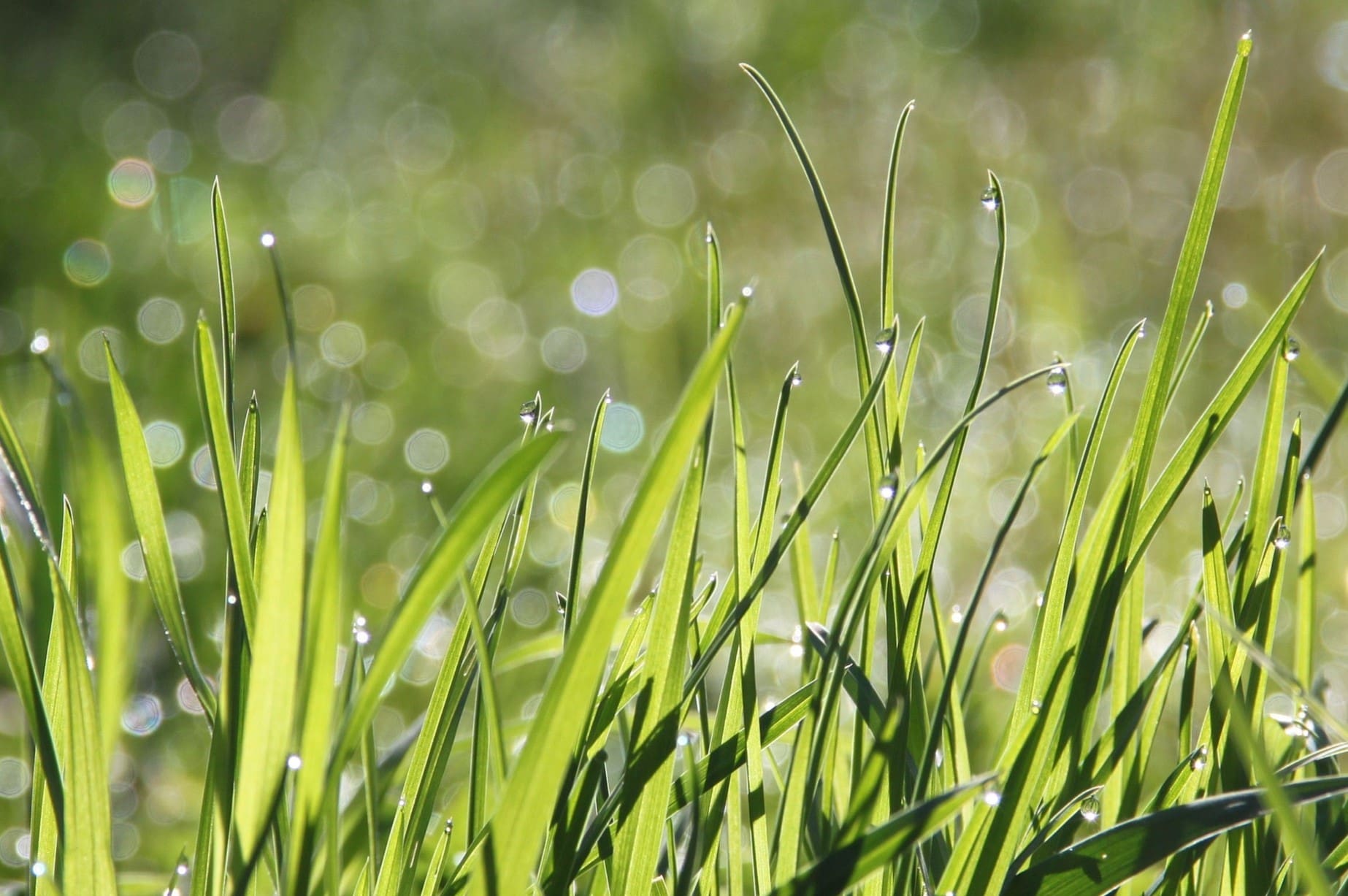
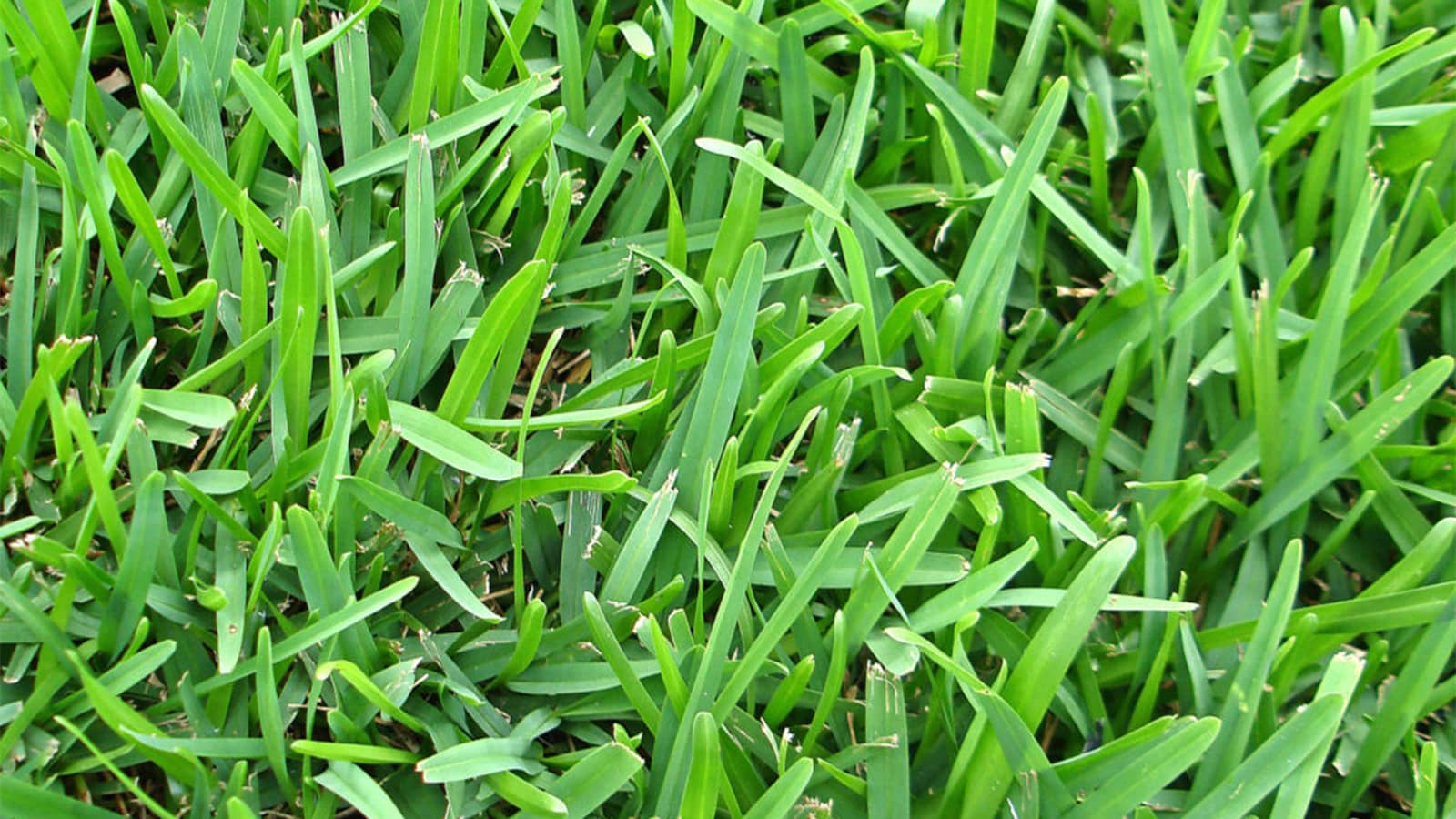
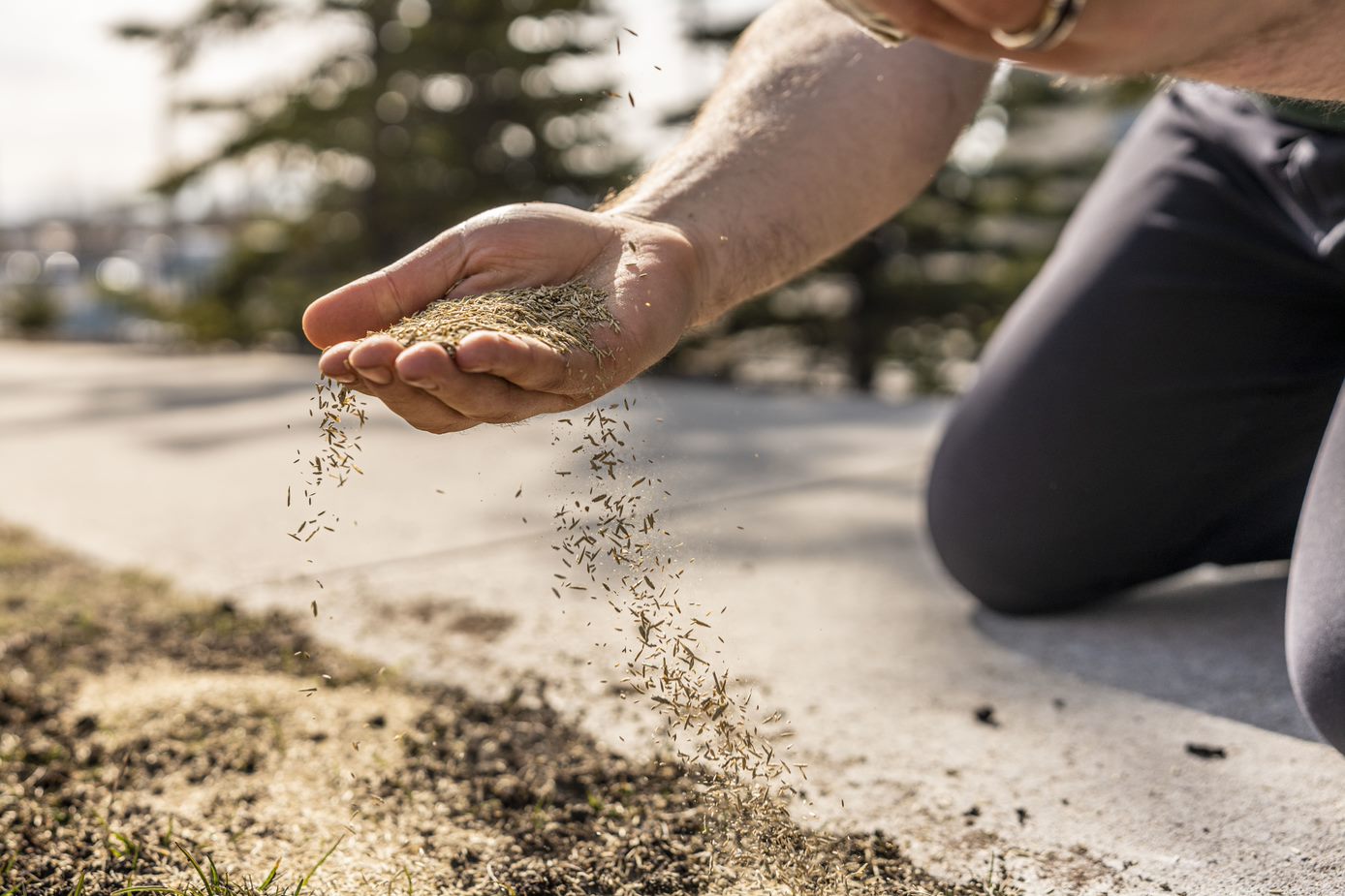
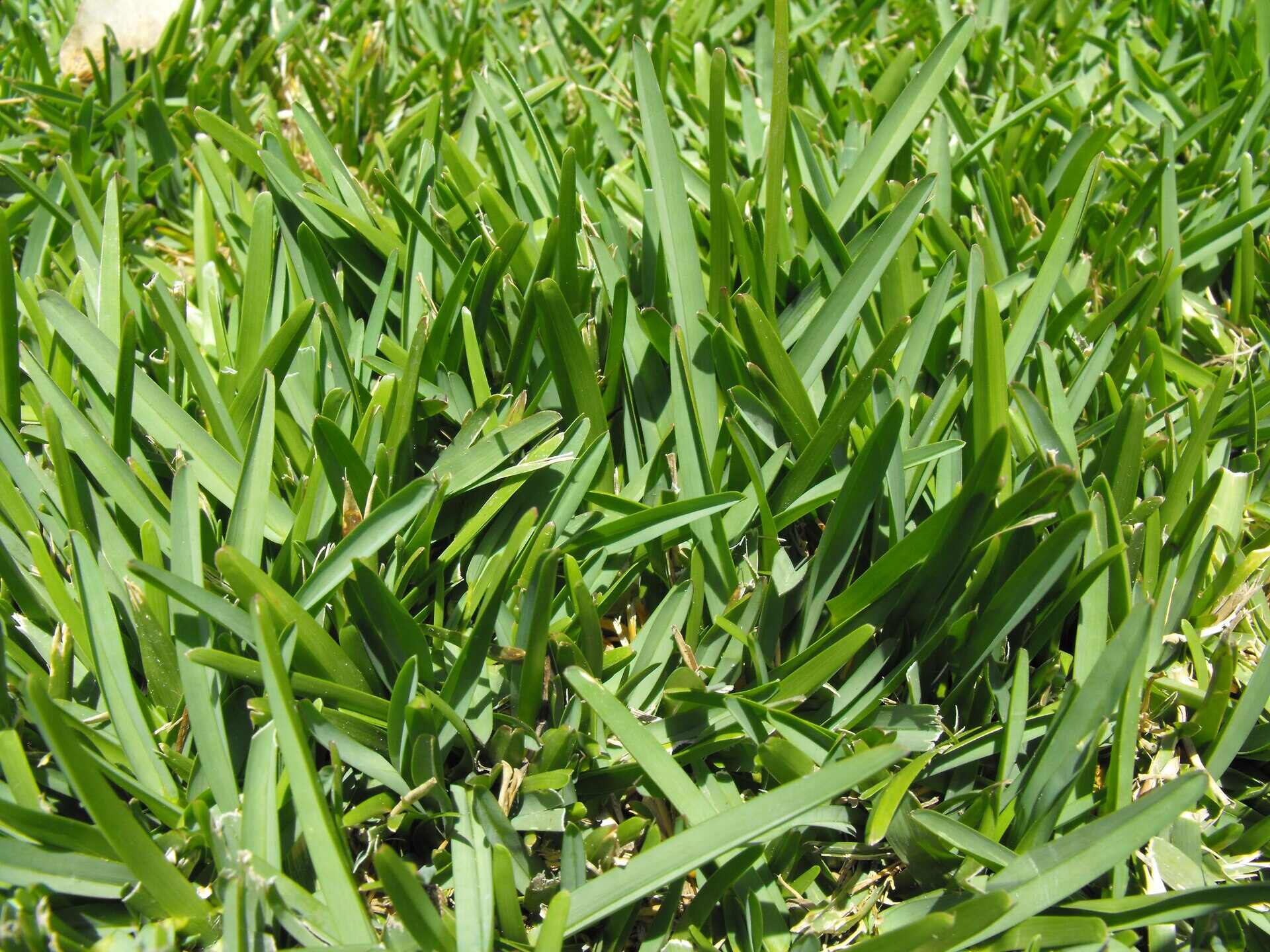
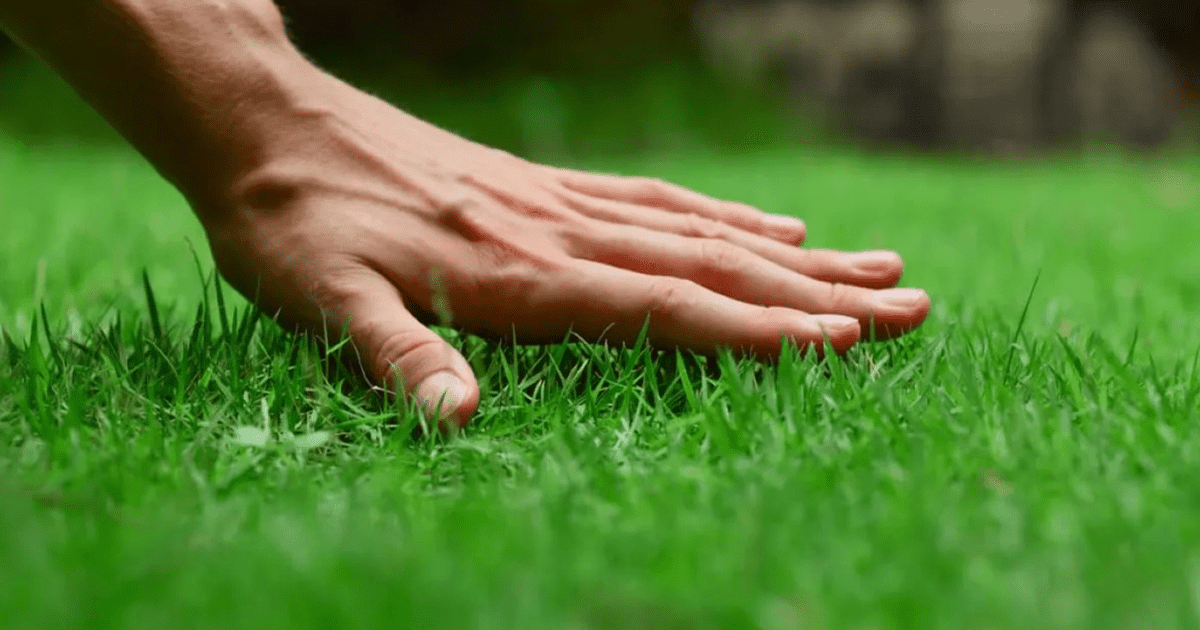
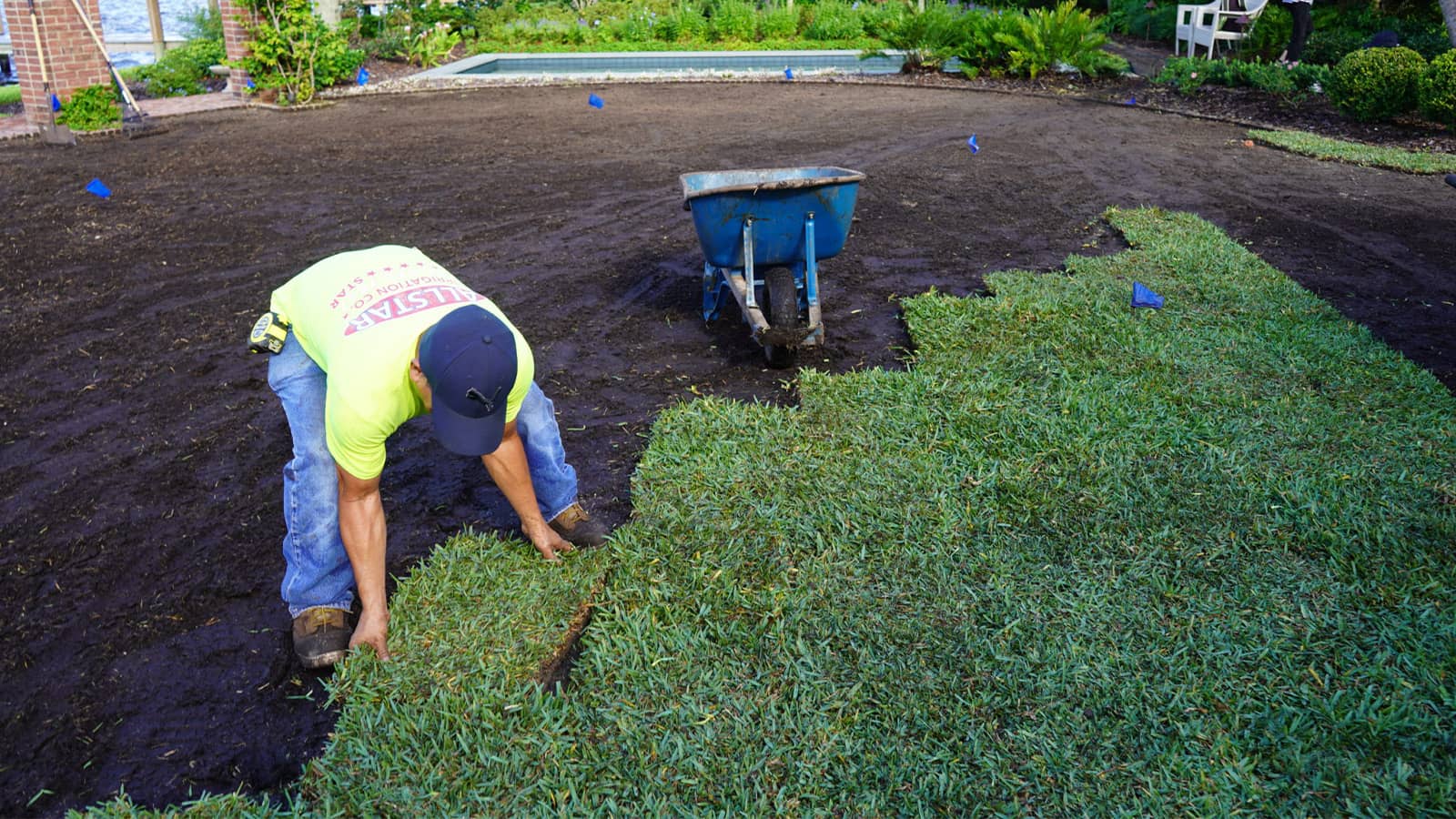

0 thoughts on “How To Fix Bare Spots In St.Augustine Grass”